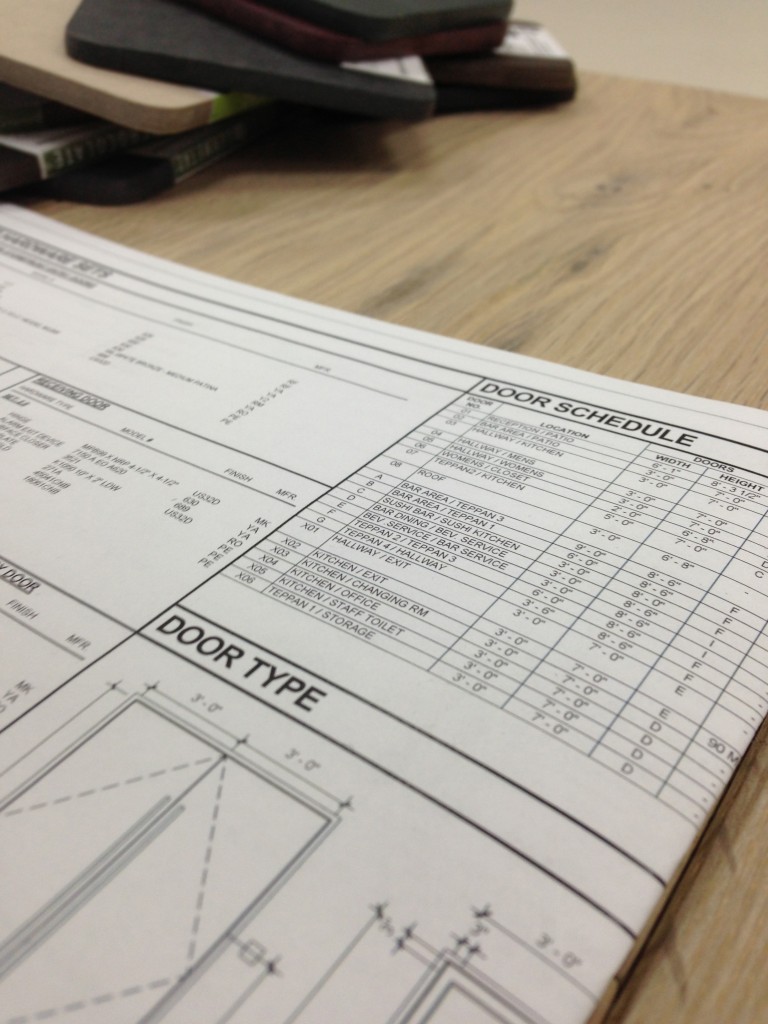 Throughout many of our blog posts, we commonly refer to hardware grades. This is because hardware grades are among the most important things to consider when you select products.
Throughout many of our blog posts, we commonly refer to hardware grades. This is because hardware grades are among the most important things to consider when you select products.
Let me explain it this way: If you were a professional photographer, would you use a disposable camera, a base model digital camera, or DSLR camera?
You likely would opt for the DSLR camera because the others simply aren’t the right tools for the job. Would they work? Absolutely. But, they wouldn’t give you the results you expected.
The same goes for hardware grades. There are times where low-grade hardware is sufficient. However, that same low-grade hardware, if used in the wrong applications, will wear down, break, and cause you a lot of headaches and additional expenses.
What are Hardware Grades?
Hardware grades were developed by ANSI/BHMA to classify the quality and durability of various products. These hardware grades evaluate products based on their:
- Cycle count (number of uses before the hardware breaks);
- Functional strength;
- Security;
- Dimension; and
- Finish requirements.
There are three different hardware grades:
- Grade 1: Heavy-duty commercial
- Grade 2: Light-duty commercial
- Grade 3: Residential
In the photography example above, I would equate grade 3 to the disposable camera, grade 2 to the base model digital camera, and grade 1 to the DSLR camera.
For commercial use, you should never use grade 3. Grade 3 hardware, when used in commercial applications, lacks the required security levels and will not hold up to the usage requirements.
If you have a commercial property, only look at hardware grades 1 and 2.
A Minimum Set of Standards
Within each of these hardware grades lies a gradient of quality, durability, and security.
The important thing to know about hardware grades is that they are a minimum set of standards.
Different brands have various product lines that, while they are all labeled as the same grade of hardware, are vastly different in their quality.
For example, Yale has two grade 2 lever sets. The 4600 series is their lower-end grade 2 lever set, and the 5300 series is their higher-end grade 2 lever set. In fact, the 5300 series is almost comparable to their 4700 series, which is their low-end grade 1 lever set.
So, when there is this much variation, how do you know which hardware grade you really need?
The most basic approach is to determine how often the hardware will be used. Depending where you lie on that scale, select the appropriate grade of hardware to meet your needs. Or you can send us an email to help you determine which hardware grade you need. We’re happy to help!
